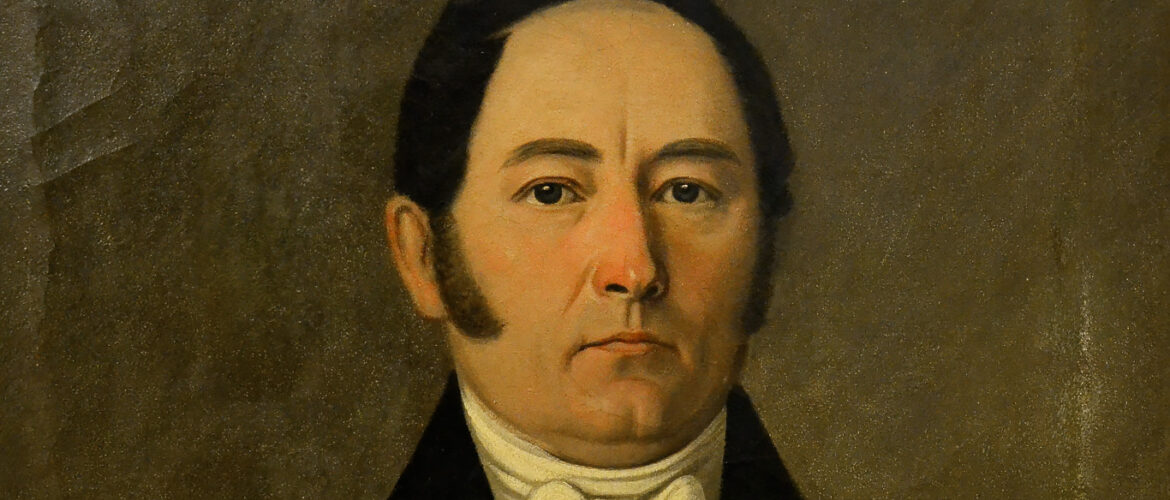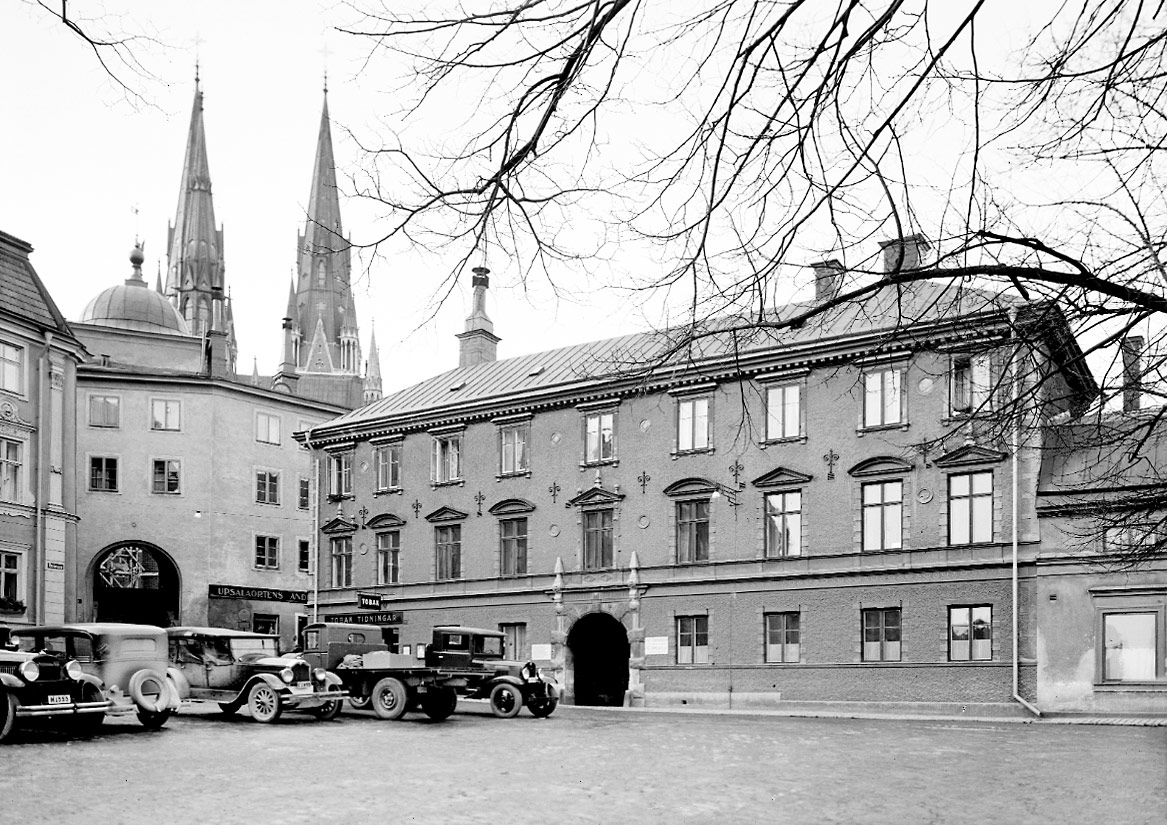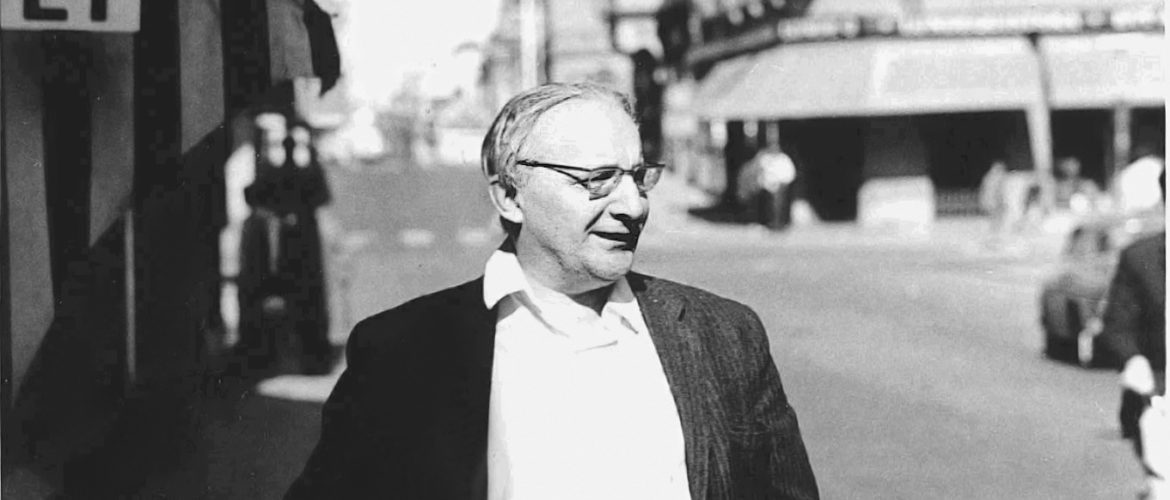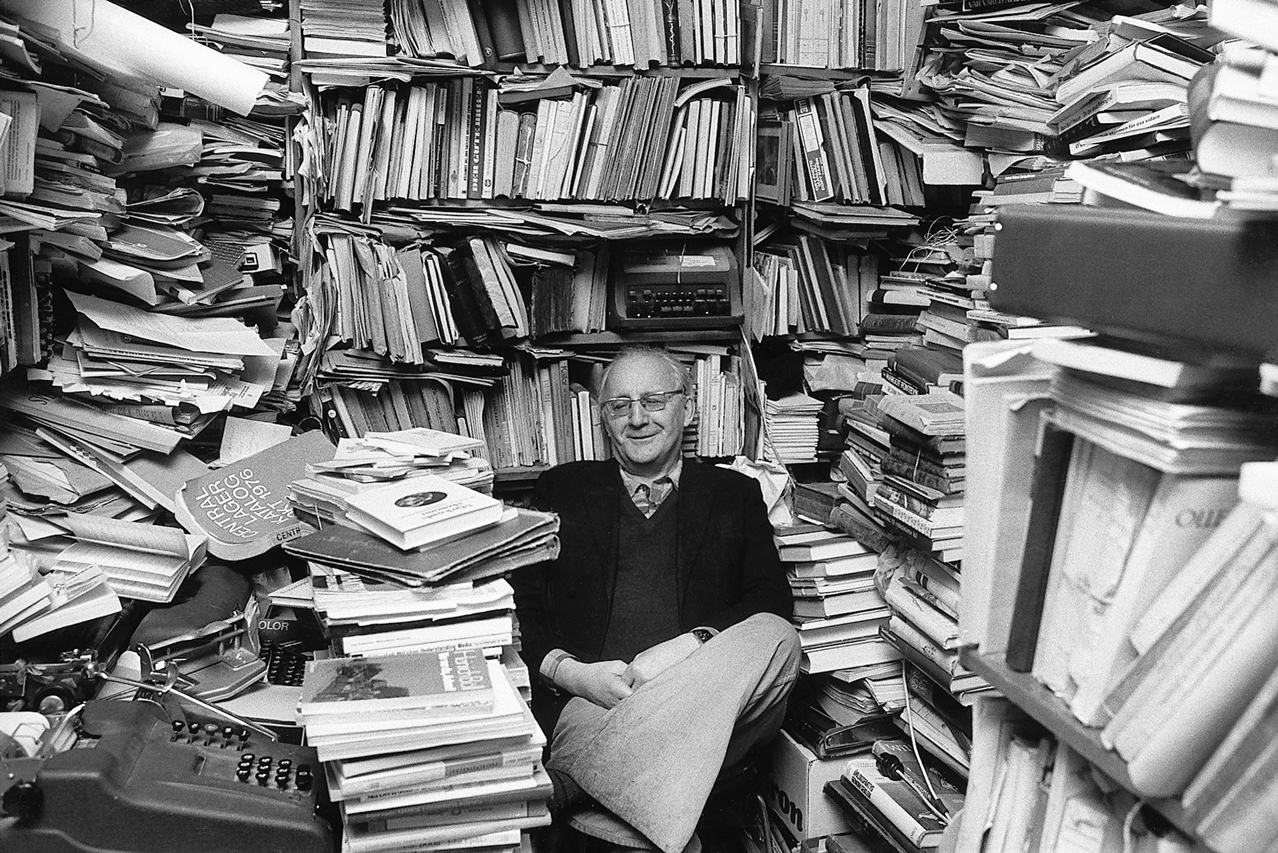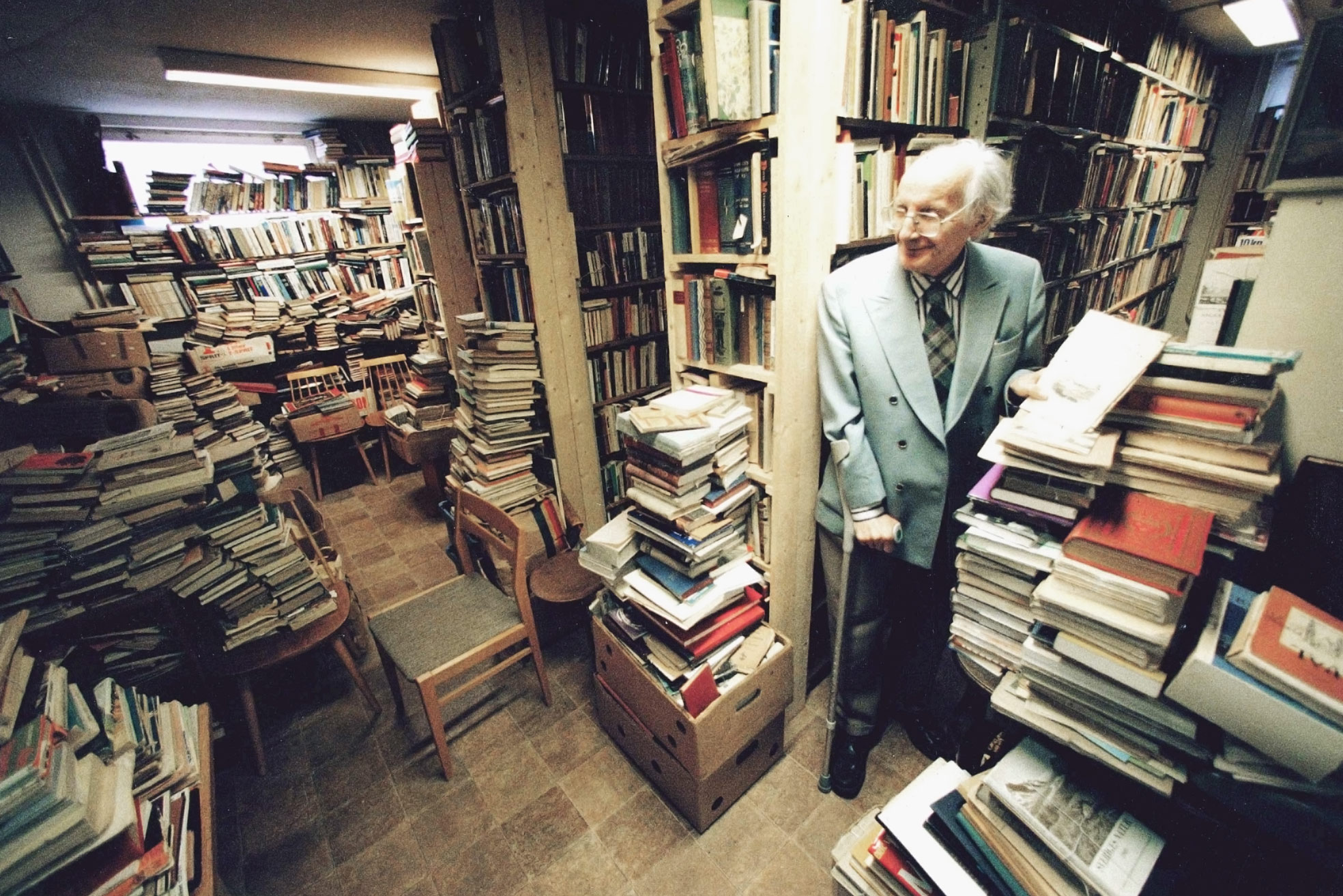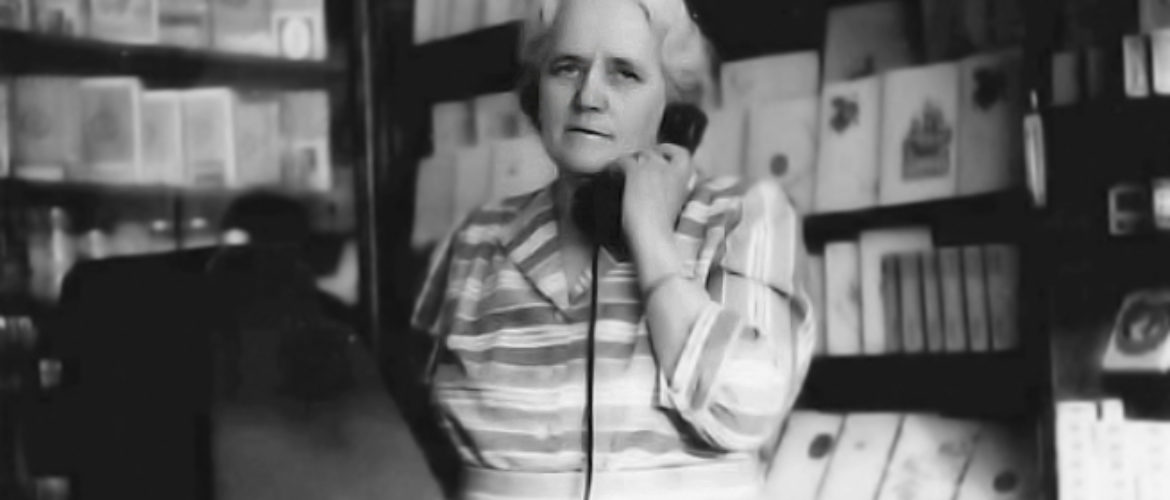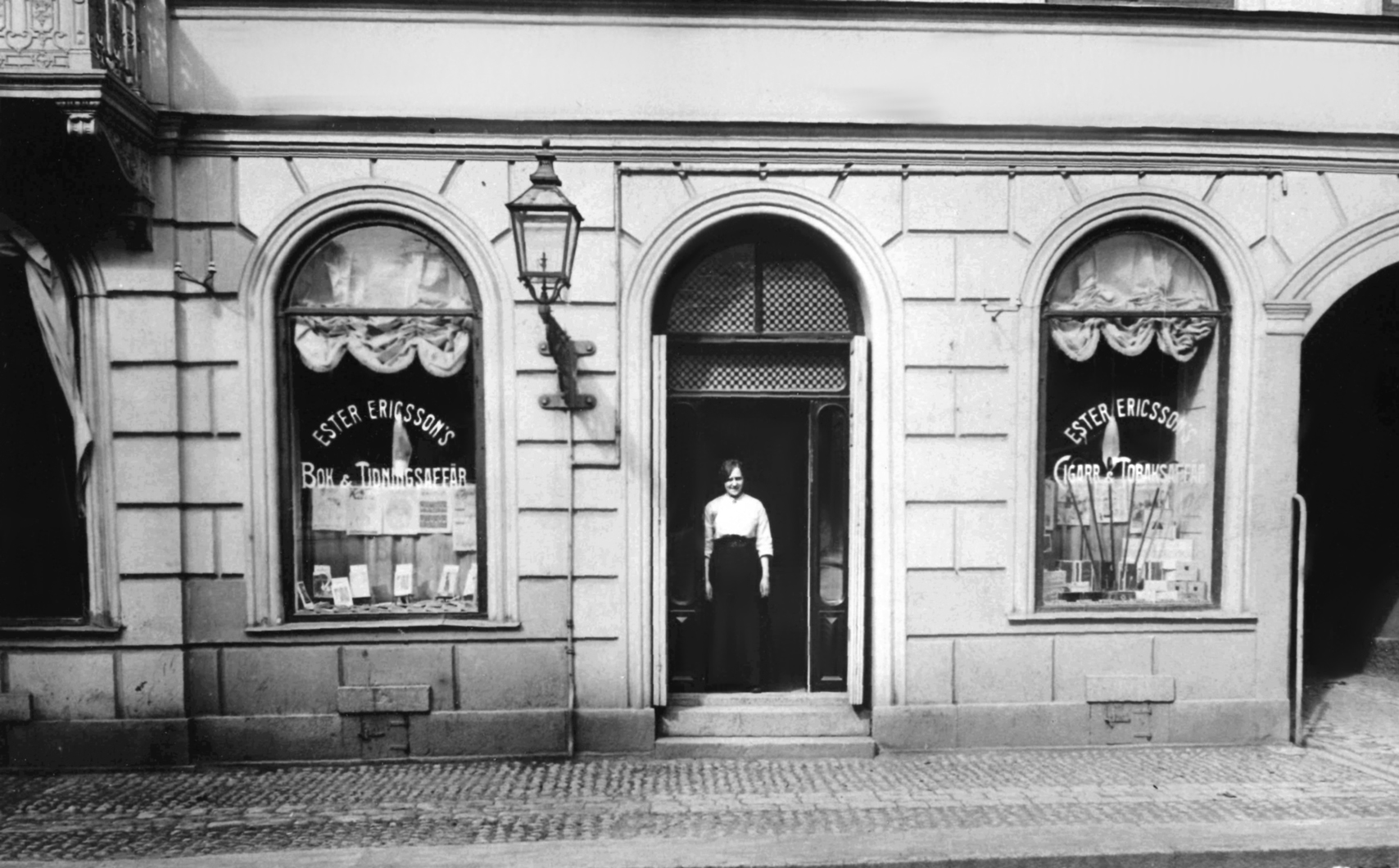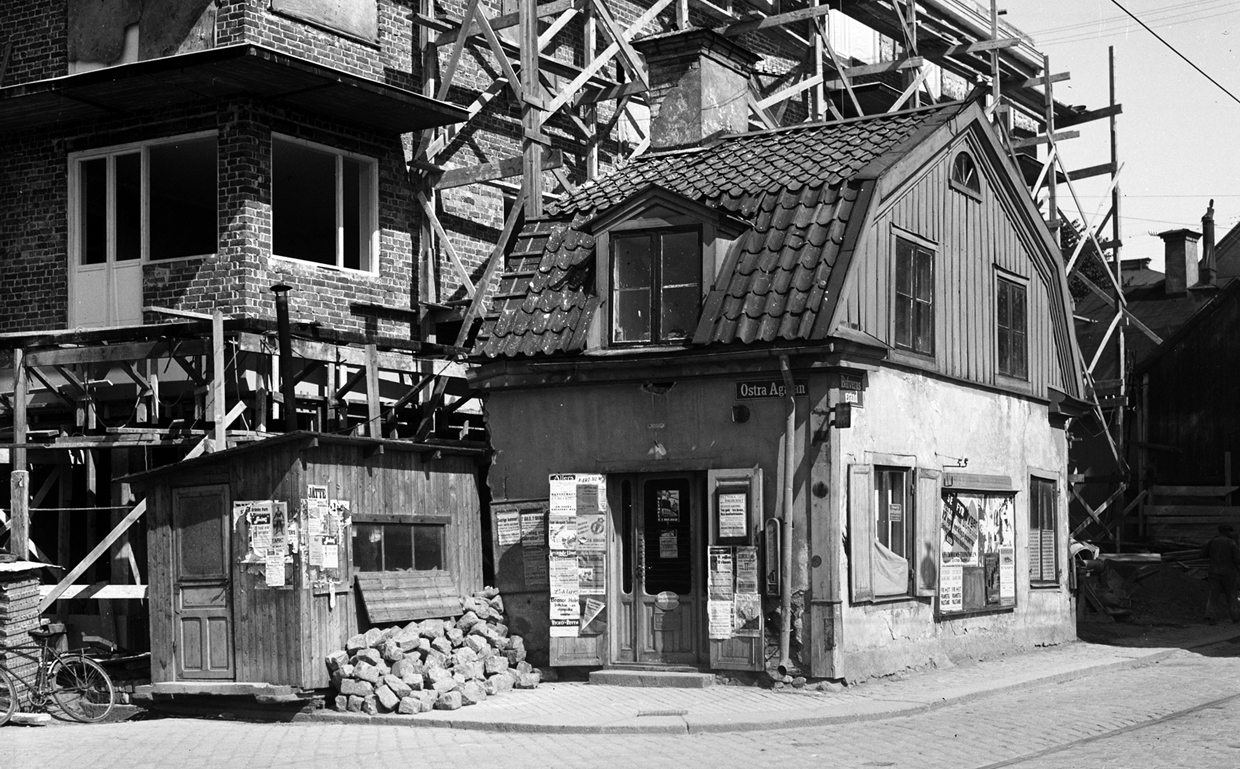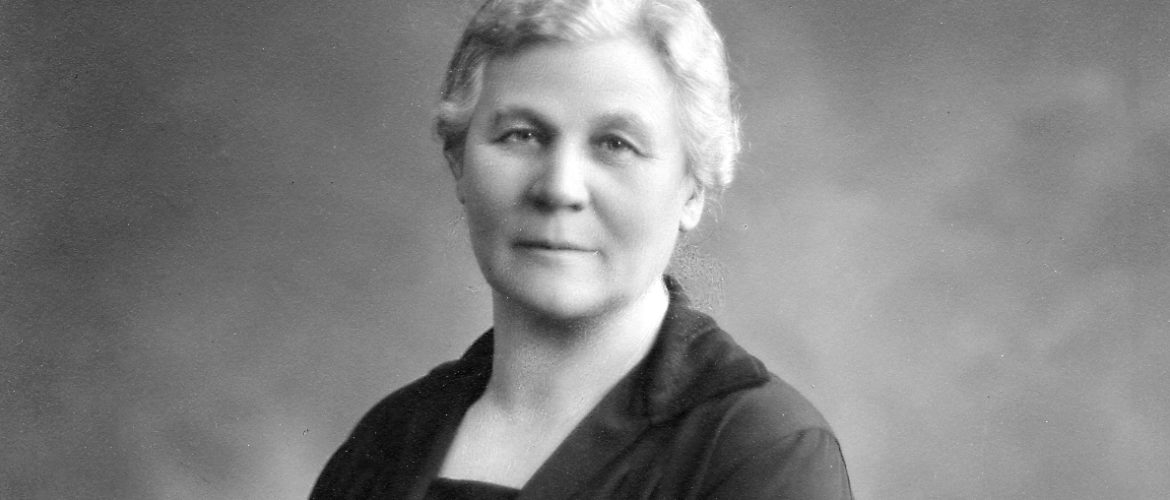1829-1901.
Wholesaler, entrepreneur.
Henrik Wilhelm Söderman from Österbybruk became an apprentice to the tailor Nyblom in Uppsala at the age of 14.
Later, Söderman opened a spice shop and flour mill and also bought land in Rasbo (seven farms together became the Henriksberg estate), followed by the distillery in Lejstabro.
Domestic distilling was banned in 1855 and in 1860 the distillery at Fabriksgatan 4 in Svartbäcken was taken over by Frans Otto Törnlund and Söderman. They had enough taxed land to start distilling spirits.
"Brännvinspengar" became a major source of income for the city and also financed much of Uppsala's industrialization. Examples include the Bavarian brewery and Upsala Ångkvarn, which were bought by Söderman and Törnlund. Uppsala Ångkvarn with its mill, yeast factory and distillery was the city's largest workplace at the turn of the century 1900.
Central Uppsala, with the walls around the Fyrisån river, was built between 1860 and 1890 and was financed by liquor sales and taxation. In the 1860s, there were 29 sales outlets and 27 licensed premises for alcohol in Uppsala.
Söderman was a member of the city council from 1875 to 1878 and from 1883 to 1900, as well as a member of the county chamber and the building committee.
The gravestone is probably the largest in the cemetery in terms of weight and volume and is said to have been blasted out of a rock in Vaksala.
Burial site: 0124-1125
Image description: Henrik Wilhem Söderman, Uppsala ca 1878. Heinrich Osti / UUBThe image is cropped]
Click here for an uncropped image


